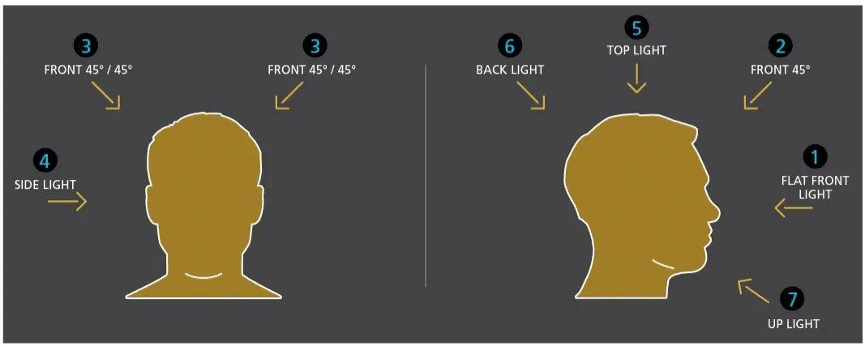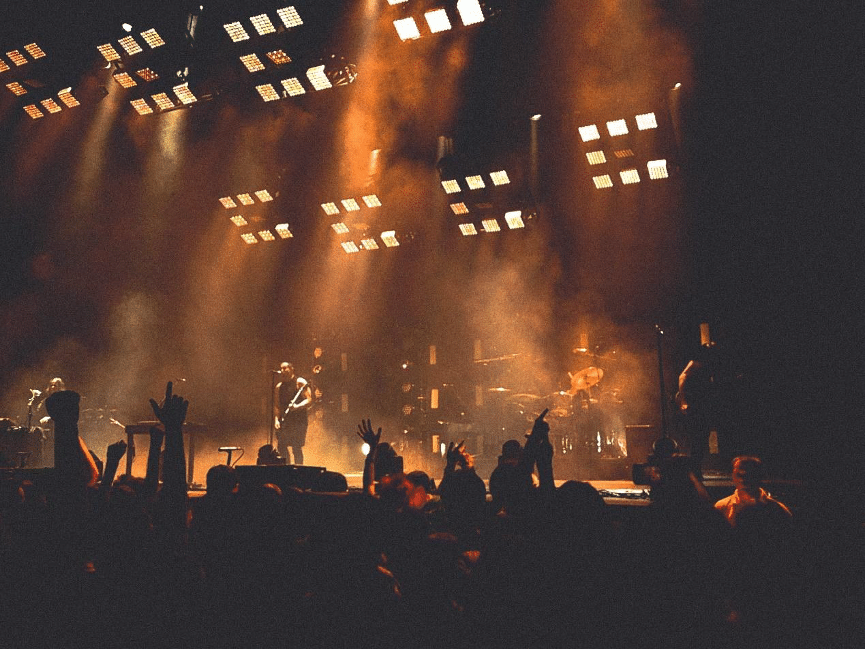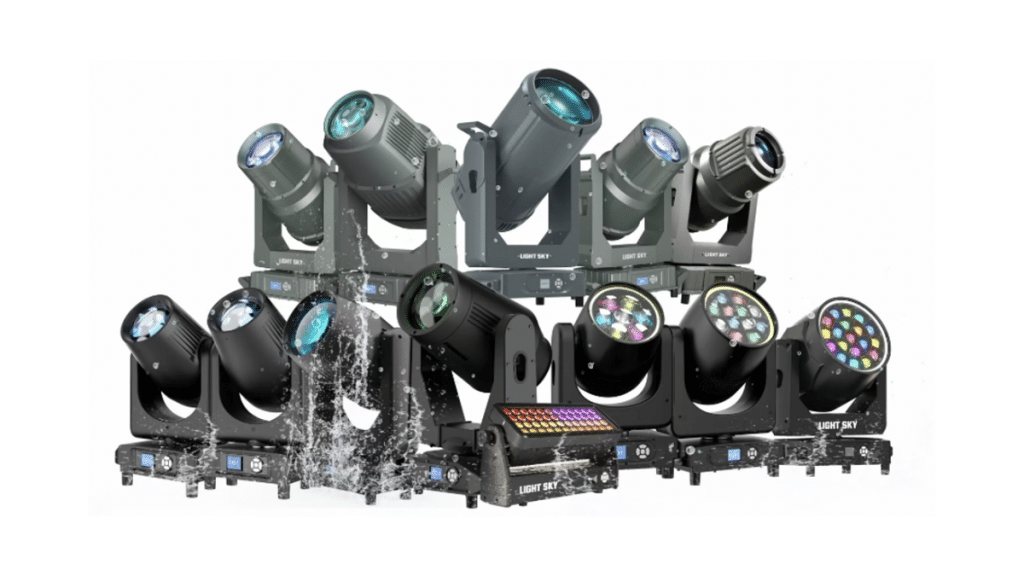Lighting is the heartbeat of any successful event, turning an ordinary stage into a mesmerising spectacle. The artful arrangement of various stage lights is key to crafting the perfect ambience, spotlighting the main performers, and amplifying the visual appeal. This article will uncover the significance of strategic stage lighting and guide you on positioning different types of stage lights to create an unforgettable experience.
What to Consider in Choosing Stage Light
When planning the lighting for a stage production, several factors need to be considered:
● Event Type: The kind of event—whether it’s a music concert, a theater production, or a corporate presentation—determines the lighting needs. Each type of event has unique requirements to create the desired atmosphere and effect.
● Venue Layout: The dimensions and configuration of the venue, including the stage and audience arrangement, play a crucial role in deciding where to place lights for optimal coverage and impact.
● Lighting Goals: Different objectives, such as spotlighting key performers, setting the overall mood, or creating special visual effects, require specific lighting techniques and equipment.
● Budget: The available budget for purchasing or renting lighting equipment and for installation can significantly influence the choices in lighting design. Balancing cost with desired outcomes is essential for effective planning.
Placement of Different Types of Stage Lights
Front Light
The front light is positioned directly in front of performers, at eye level or as close to it as possible. This lighting angle is rarely used for facial illumination. In most theatres, lights installed on the apron or front-of-house bridges fall into this category.
This angle offers excellent visibility as it minimizes or eliminates shadows on the performers’ faces. It also reduces the harsh shadows that hats may cast on faces. When using projection lights, this position is ideal as it minimises image distortion.
However, the front light often creates large shadows behind performers that are difficult to eliminate.
Side Light
Side lighting illuminates one side of the performer, leaving the other side in shadow, creating a sculpting effect. This is the preferred angle for dance lighting. Side lights are usually mounted on battens or “trees” at the stage wings and can be positioned on ground stands, although this can pose injury risks to performers.

Back Light
Backlighting shines from behind the performers, ensuring they stand out against the background and appear three-dimensional. It creates a halo effect on heads and shoulders, adding depth to the stage. Backlighting is also useful for setting the mood with saturated colors, as it doesn’t affect skin tones.
Top Light
Top lighting is positioned directly above performers, offering the best control over shadows. Shadows fall directly beneath the performers, avoiding the scenery. Top light shares sculpting qualities with backlight but can cast significant shadows under eye sockets and noses, obscuring facial features.
Footlight
Footlight, traditionally used in the gaslight era, illuminates performers from below the stage front. This angle is uncommon today and often called “footlights.”
Different Types of Stage Lights Provided by Light Sky
As a leading stage light manufacturer, Light Sky offers a wide range of professional event lighting solutions to meet the diverse needs of various productions. Here are some of the key types of stage lights available from Light Sky:
Moving Head Beam
Moving head beam lights are highly versatile and can produce sharp, focused beams of light that can be directed to any point on the stage. They are ideal for creating dynamic lighting effects and adding excitement to concerts and live performances. The flexibility of moving head beams allows for quick changes in direction and color, making them a popular choice for dynamic stage lighting.
Wash Light
Wash lights provide broad, even illumination across the stage, creating a wash of color or white light. They are used to light large areas and provide a base level of illumination. Wash lights are essential for creating a consistent, balanced look on stage and are often used in combination with other types of lights to achieve the desired effect.
LED Lights and Gobos
LED lights are energy-efficient and offer a wide range of color options, making them perfect for creating vibrant lighting effects. Gobos, which are stencils or templates placed inside lights to project patterns or images, add a creative element to stage lighting. Light Sky’s LED lights and gobos allow for endless customization, enabling lighting designers to craft unique and memorable visual experiences.

Conclusion
The strategic placement of different types of stage lights is vital for creating a successful and visually stunning event. By understanding the purpose and ideal placement of front lights, side lights, backlights, top lights, and footlights, you can enhance the overall impact of your production.
Light Sky, a leading stage light manufacturer, offers a comprehensive range of professional event lighting solutions, including moving head beams, wash lights, and LED lights with gobos.
For years, the experienced company has catered to projects of different scales, committed to supporting the performances. Contact Light Sky today for more innovative stage lighting solutions.

